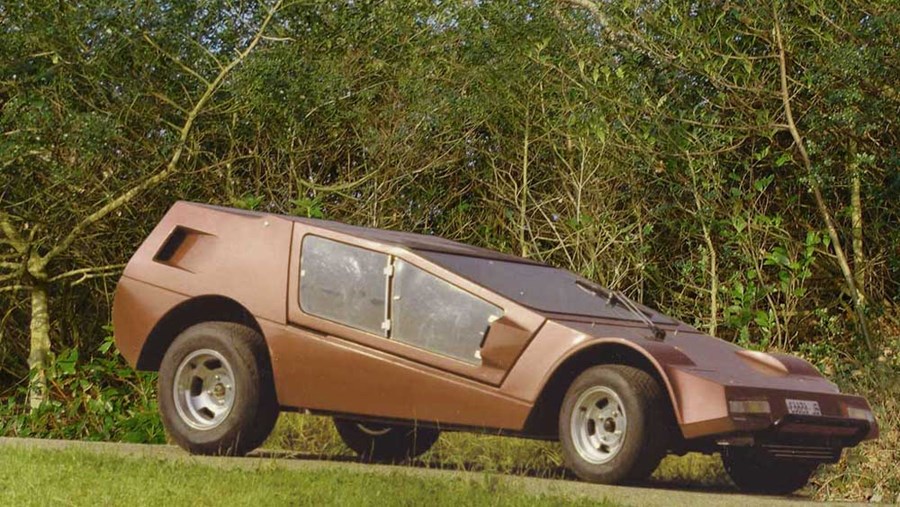Xavier Jehle was nothing if not ambitious. His dream was to produce the most powerful supercar in the world.
And so it was; Jehle became the only car maker in Lichtenstein.
His forté was tuning work for De Tomaso and building lorry bodies.
It seemed apparent to him that he should build supercars, and even more, he would achieve it with a negligible budget.
He started building ‘buggies’, the MX Safari Leisure and then the lightbulb moment, a wedge-shaped, three-seater car with no doors, the Saphier.
What could possibly go wrong with such an unusual motor car? Even more, let’s offer a range of engines and chassis options.
Big dreams, small budget syndrome.
The entry-level car was a Beetle chassis with a turbocharged Golf engine, then a mid-engined Ford V8 with a modified chassis.
Or, a twin-turbo 5.8 litre De Tomaso V8 engine producing 600hp capable of 250mph and 60mph in 3.1 seconds and plans for a V12 producing 1,000hp.
And then, to top it off, the Jehle Artemis. A fire-breathing, 6.6 twin-turbo V12.
As to the Artemis, Jehle built three, and only one was sold and bought by an Arab prince.
The Artemis, named after the mythological Goddess of the Hunt, had a planned production of ten cars with a ten-year guarantee!
For context, the Artemis had a claimed top speed of 250mph; that particular record wasn’t achieved until 14 years later by the Bugatti Veyron in 2005.
Xavier sacrificed everything, and the business folded in the early 1990s.
![]()

